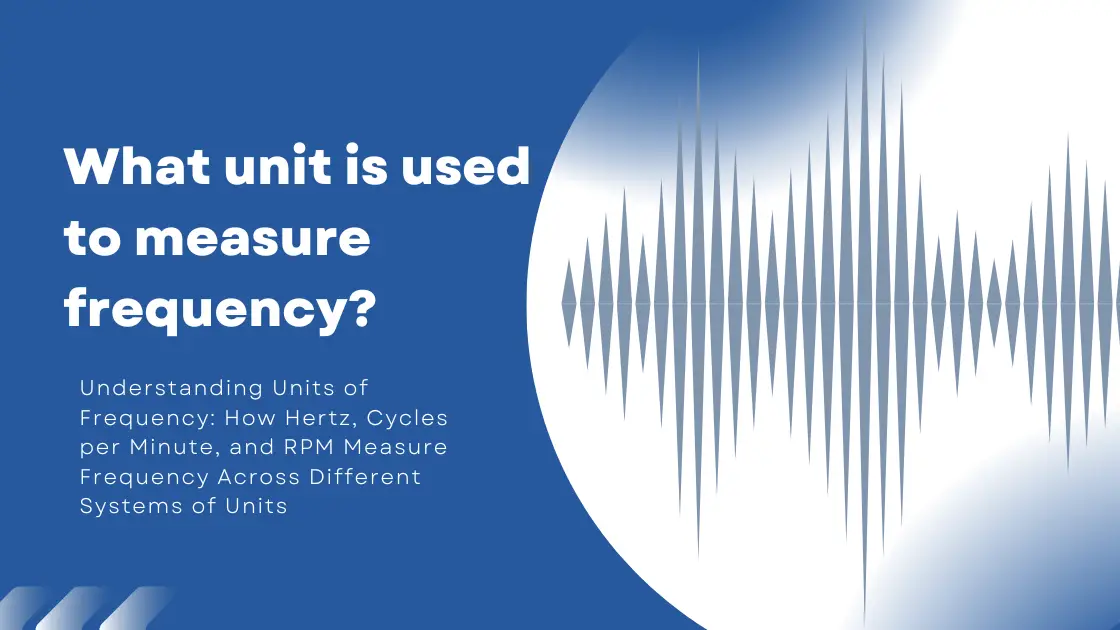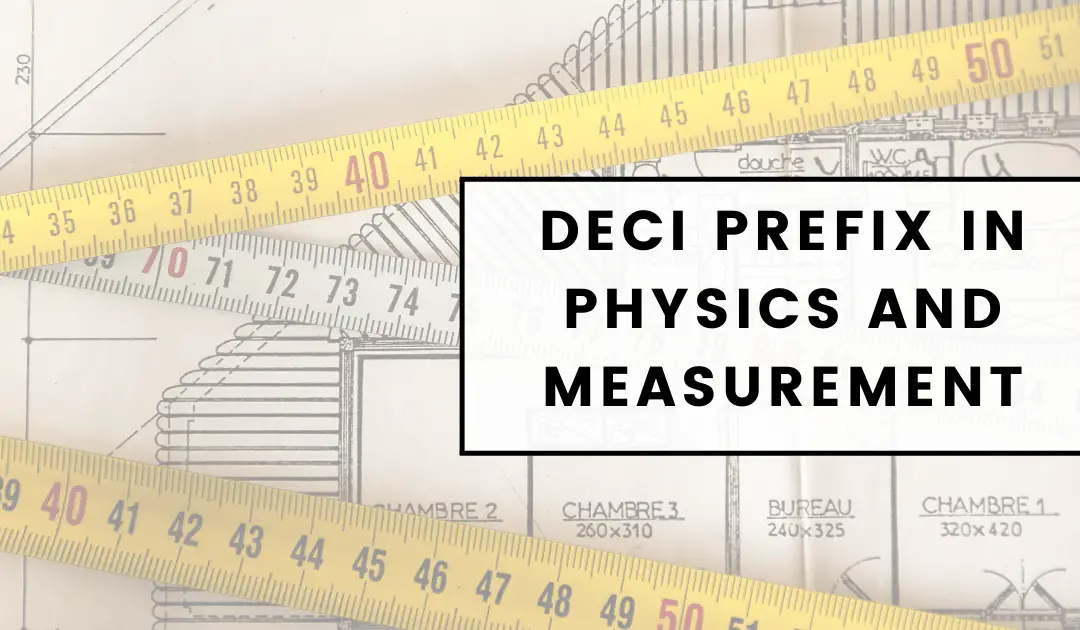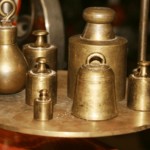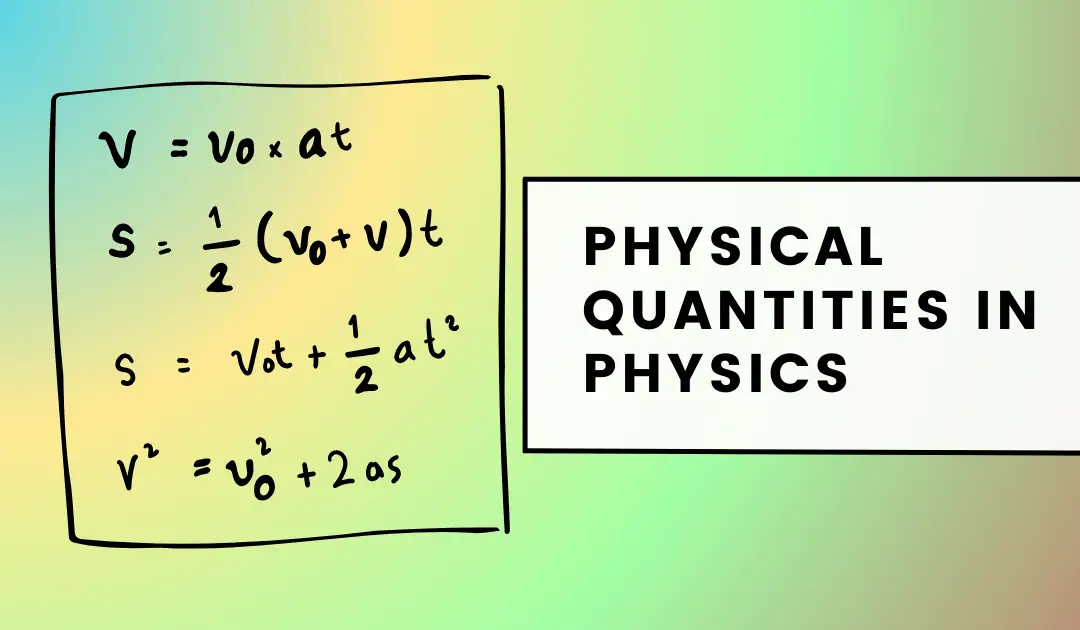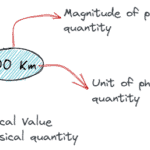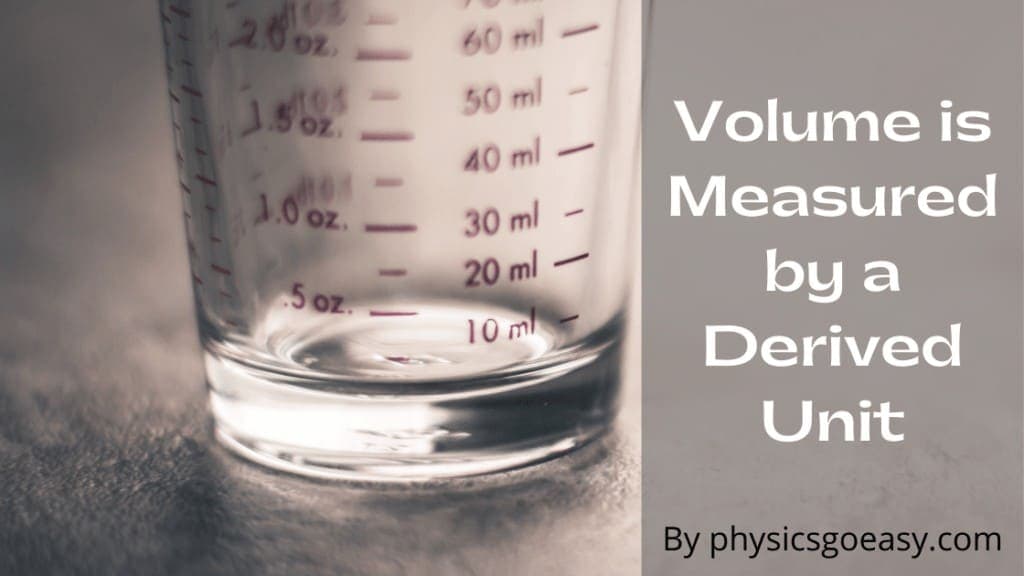Frequency is a fundamental concept in physics that describes the number of oscillations or cycles a wave completes in one second. It is a measure of how frequently an event occurs within a specific time interval. Frequency is particularly important in the study of wave mechanics, oscillations, and various phenomena in electromagnetism and quantum mechanics.
Definition of Frequency
Mathematically, frequency (\( f \)) is defined as the reciprocal of the time period (\( T \)) of the wave or oscillation. The formula to calculate frequency is:
\[
f = \frac{1}{T}
\]
Where:
- \( f \) is the frequency
- \( T \) is the time period
What unit is used to measure frequency?
SI Unit of Frequency
The unit of frequency is the Hertz (Hz), named after the German physicist Heinrich Hertz. One Hertz is equivalent to one cycle per second. In the International System of Units (SI), the unit is defined as \( \text{s}^{-1} \) (inverse seconds).
Higher Units of Frequency
For very high frequencies, like those encountered in radio waves and light, we often use multiples of Hertz:
- Kilohertz (kHz) = \(10^3\) Hz
- Megahertz (MHz) = \(10^6\) Hz
- Gigahertz (GHz) = \(10^9\) Hz
- Terahertz (THz) = \(10^{12}\) Hz
The concept of frequency is universal, but the units used to measure it can vary depending on the system of units in use. Below, we explore how frequency is represented in different systems such as the Centimetre-Gram-Second (CGS), Imperial, and other units.
Centimetre-Gram-Second (CGS) System
In the CGS system, the unit of frequency remains the same as in the SI system, which is Hertz (Hz). This is because frequency is a derived unit that counts the number of cycles per second, and the concept of a “second” as a unit of time remains consistent across both the CGS and SI systems. Therefore, in the CGS system, frequency is also measured in Hertz (Hz) or \( \text{s}^{-1} \) (inverse seconds).
Imperial System
The Imperial system also uses the Hertz (Hz) as the unit for frequency. Like the CGS system, the Imperial system recognizes the “second” as the fundamental unit of time. Hence, the frequency, being the number of cycles per second, is universally measured in Hertz across the Imperial, SI, and CGS systems.
Other Systems and Units
- Radian Frequency: Sometimes, angular frequency (\( \omega \)) is used, especially in contexts involving trigonometric functions. The unit for angular frequency is radians per second (\( \text{rad/s} \)).
- Cycles per Minute: In some engineering applications, especially older ones, frequency is measured in cycles per minute. One cycle per minute is equal to \( \frac{1}{60} \) Hz.
- Revolutions per Minute (RPM): In mechanical systems, rotational frequency is often given in revolutions per minute (RPM). To convert RPM to Hz, you can use the formula \( \text{Hz} = \frac{\text{RPM}}{60} \).
Questions and Answers
What is the unit of angular frequency?
The unit of angular frequency (\( \omega \)) is radians per second (\( \text{rad/s} \)).
How is angular frequency related to frequency?
Angular frequency is related to frequency by the formula \( \omega = 2\pi f \).
Can frequency be negative?
No, frequency cannot be negative as it represents the number of cycles per second, which is a scalar quantity.
What is the difference between frequency and amplitude?
Frequency is the number of cycles per second, while amplitude is the maximum displacement from the equilibrium position.
How is frequency used in daily life?
Frequency is used in various applications like radio broadcasting, microwave ovens, and even in medical imaging techniques like MRI.
What is the relationship between frequency and wavelength?
Frequency (\( f \)) and wavelength (\( \lambda \)) are inversely proportional, given by the formula \( c = f \lambda \), where \( c \) is the speed of light.
Is the unit of frequency the same in all systems?
Yes, the unit of frequency is universally recognized as Hertz (Hz), which equates to one cycle per second in all major systems of units.
How do I convert RPM to angular frequency?
To convert RPM to angular frequency (\( \omega \)), use the formula \( \omega = \frac{2\pi \times \text{RPM}}{60} \).
Can frequency be measured in radians?
Frequency itself is not measured in radians, but angular frequency (\( \omega \)) is, and it is measured in radians per second (\( \text{rad/s} \)).
What is the historical origin of the Hertz unit?
The unit Hertz is named after the German physicist Heinrich Hertz who made significant contributions to the study of electromagnetism.
Is frequency scalar or vector?
Frequency is a scalar quantity as it has magnitude but no direction.
How is frequency used in telecommunications?
In telecommunications, different frequency bands are allocated for various types of data transmission like radio, TV, and cellular networks.

